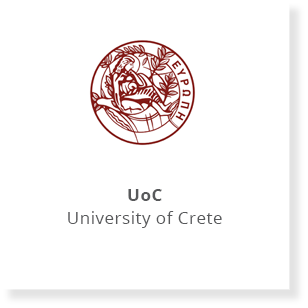


The Douglas OryXNano crystallization robot provides the opportunity of screening a great range of crystallization conditions saving time and sample quantity. Oryx system uses multi-bore dispensing tips (microtips), which have several independent channels to dispense small volumes. At the end of a 3-bore tip there are three holes. Each channel dispenses a different solution. The solutions do not mix in the tip - they mix in the drop after they are dispensed. This means that there is no dead-volume.The microtip always touches the plate when liquids are dispensed. This gives very reliable dispensing. Stock solutions do not come into contact with the motorized syringes, which are filled with degassed pure water - this avoids the need for flushing out the syringes when the stock solutions are changed.The manual syringes on the front panel are used to refill the motorized syringes, to remove air bubbles, and to load stock solutions for optimization experiments.Screening for sitting drop is carried out using plates that are prefilled with reservoir solutions. (Reservoirs can be filled manually with a 12-channel pipette. A very simple user-interface is used to design experiments, as shown below. The correct plate can be selected from a database of all well-known crystallization plates (if your favorite isn't there, let us know!), the volumes of each ingredient of a drop are entered in a simple form. Individual wells can be selected or skipped by clicking on the plate with a mouse.

DESCRIPTION:
FUNDER: